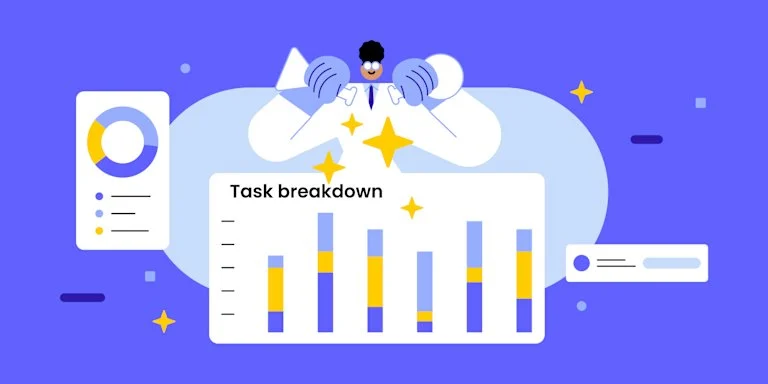How to lead AI transformation in 2025
By Stephanie Trovato
Introduction
AI is no longer a concept in testing—it’s now a core part of daily workflows, delivering real business impact and transforming the way work happens.
Explore what AI-driven change looks like today, the reasons behind the growing momentum and how companies can lead with focus, clarity and quantifiable impact.
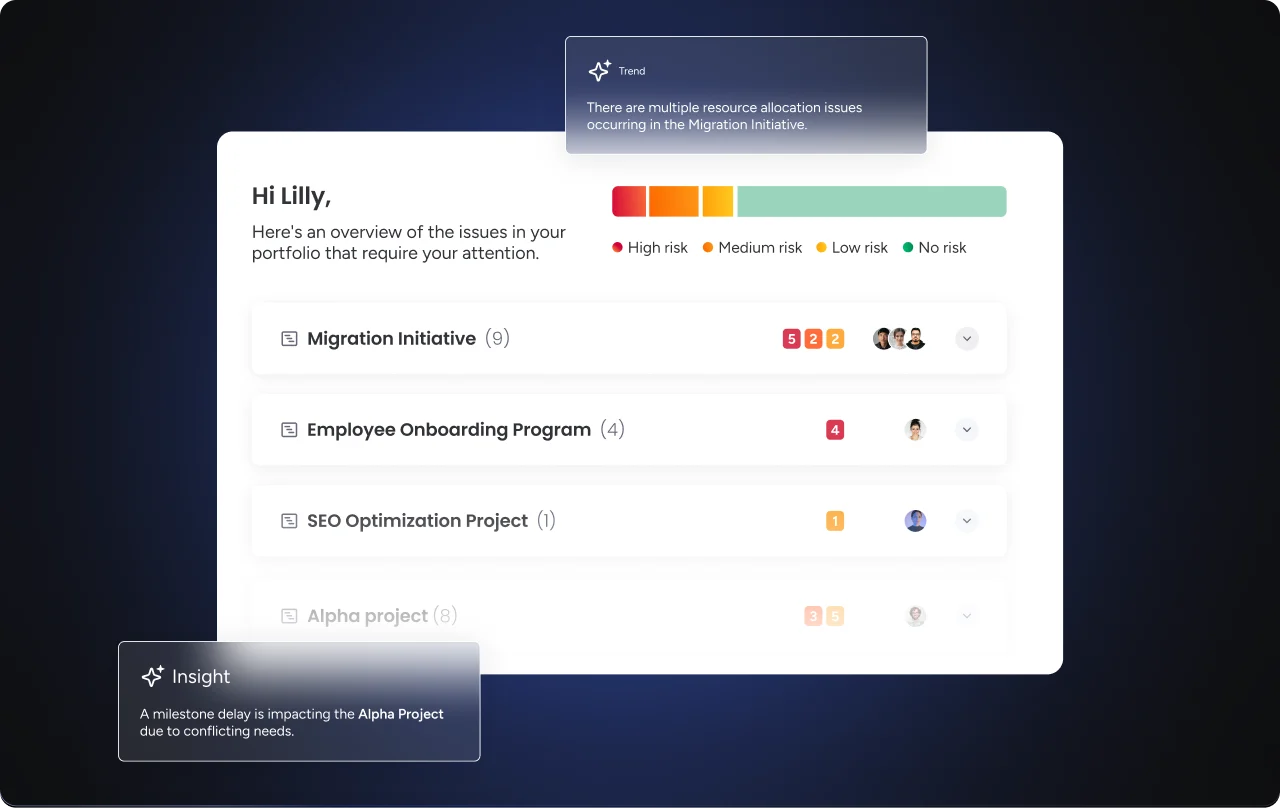
How mature organizations master AI transformation: 5 strategies for success
Organizations that matches business framework with strong infrastructure, project governance, and workforce readiness can grow faster, automate repetitive tasks more effectively, and surface valuable insights that affect long-term results. On the other hand, others remain stuck in pilot mode. Having the right systems, teams and strategies increases AI maturity, which drives quantifiable outcomes and informs a wider business strategy.
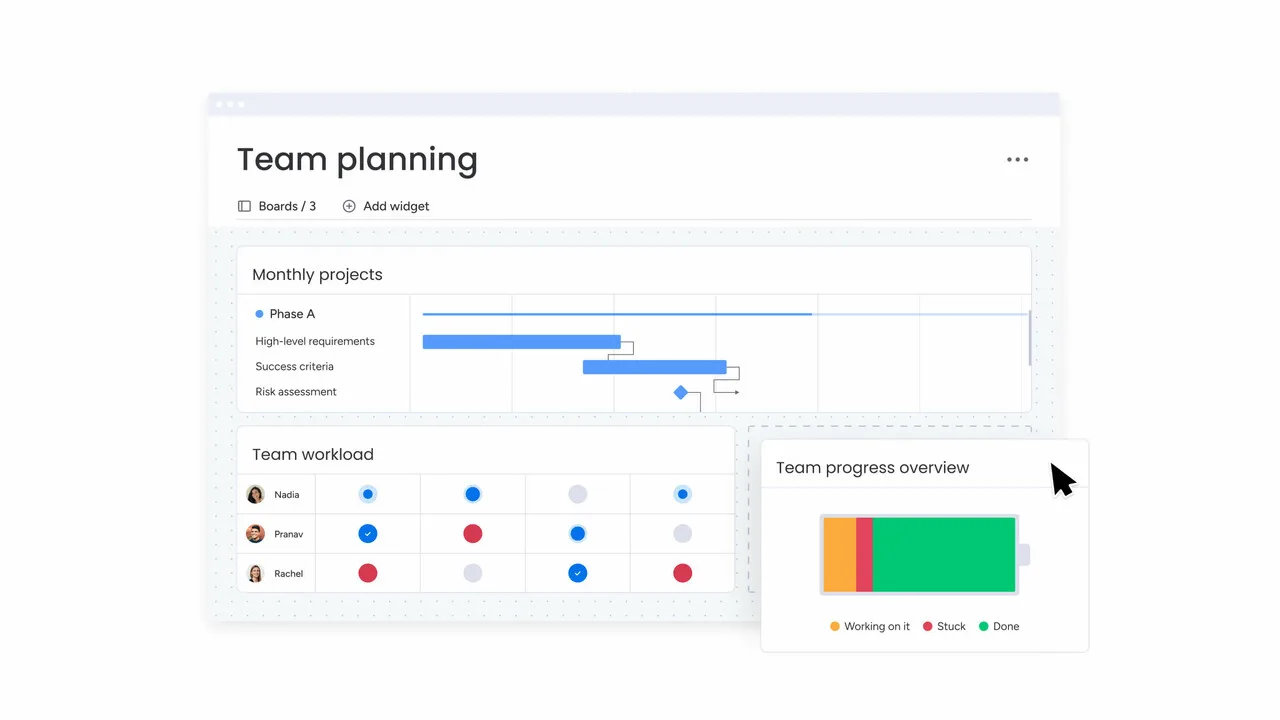
1. They break down silos and integrate AI across teams
Operational AI requires more than segregated deployments. Mature organizations implement AI across business units to simplify decision-making, remove redundant workflows, and unify data. This enhances enterprise alignment, increases customer engagement and drives greater business value—laying the groundwork for impactful, AI-powered transformation
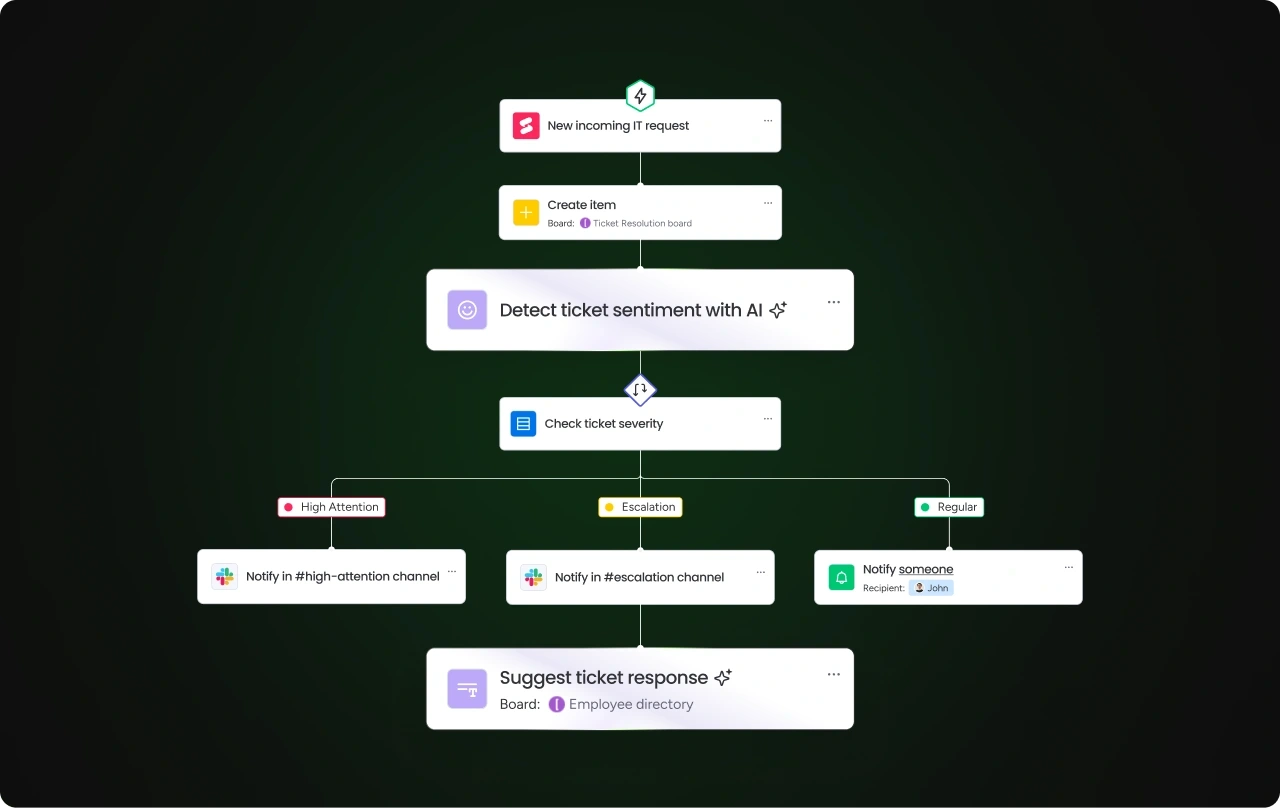
2. They fund the foundation for scalable growth
To drive sustainable growth, organizations are refocusing on the fundamentals: improved data architecture, robust governance, and empowering employees to shift from routine tasks to high-impact initiatives. These infrastructure upgrades accelerate adoption and enable scalable, future-ready business models.
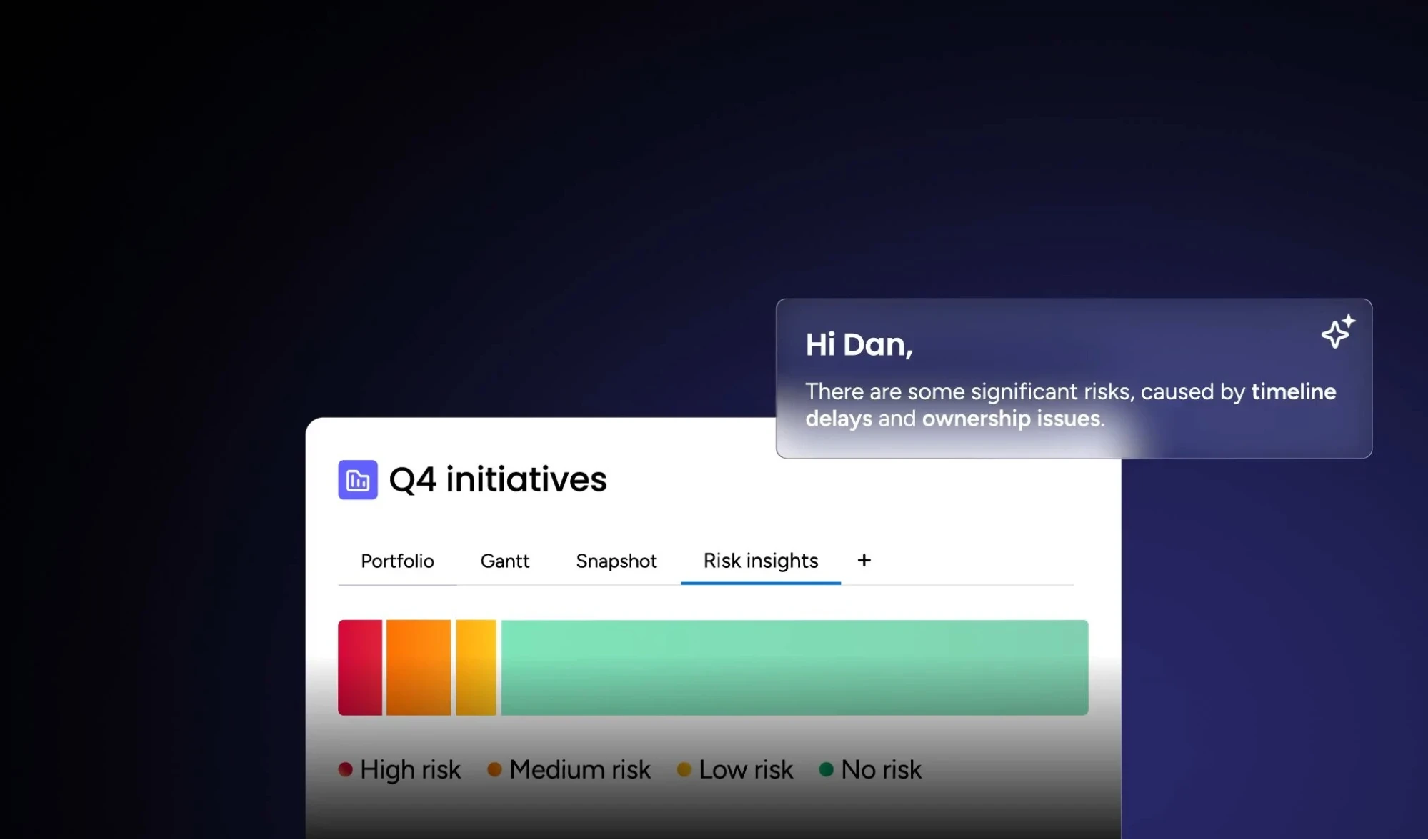
3. They lead with transparency and trust
For enterprises in high-impact industries, ethical AI isn’t optional. Ensuring fairness in customer service interactions and data-driven decisions is critical. Ensure your solutions have permission-based access, audit-ready workflows, and oversight tools that make it easier to govern AI-driven transformation at scale.
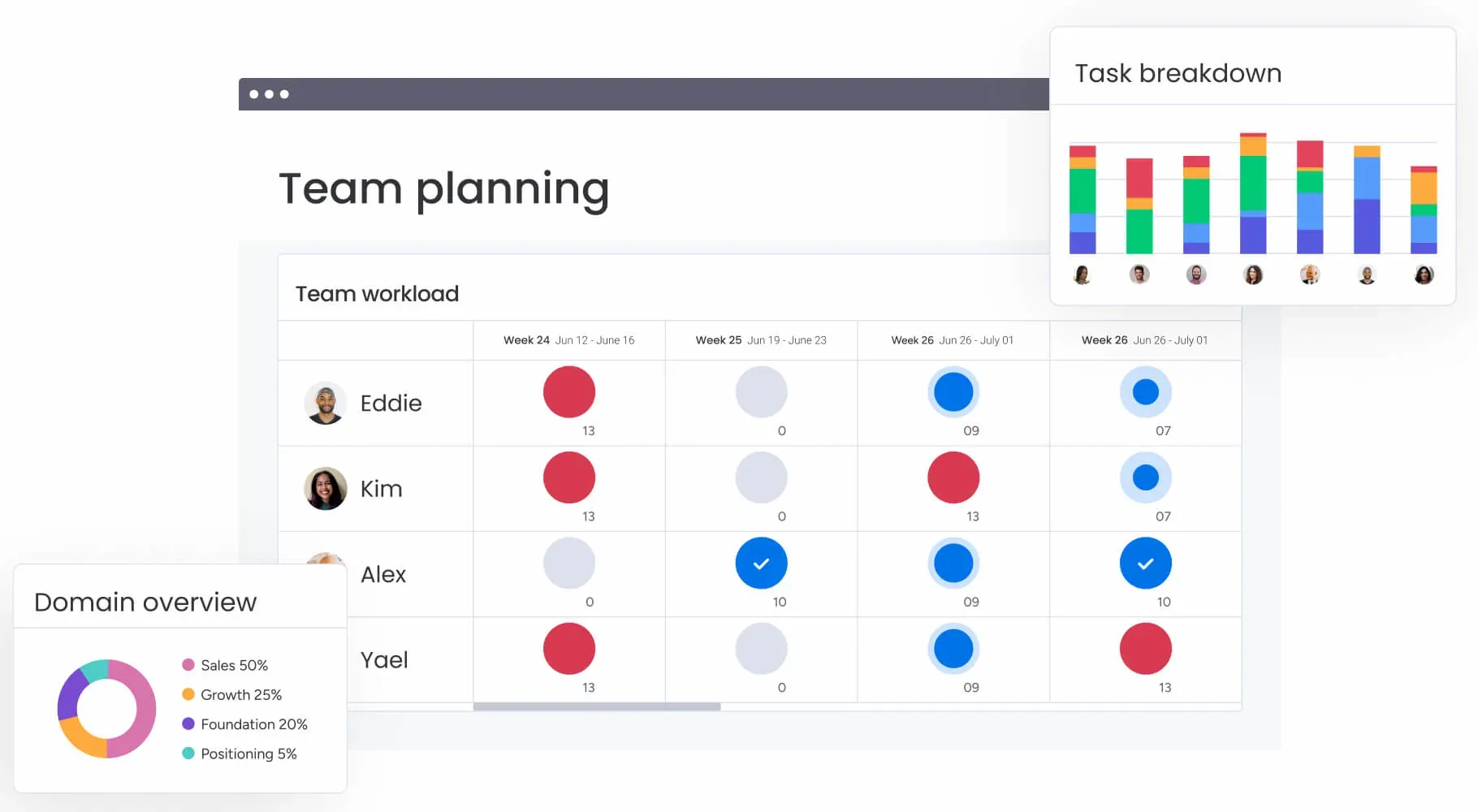
4. They invest in their people and prepare for change
Organizations that prioritize employee development are more equipped to succeed in an AI-powered workplace. Learning and Development teams using platforms like monday work management can design scalable programs that ready teams for AI-enhanced workflows—enabling employees to focus on impactful, strategic work instead of routine tasks.
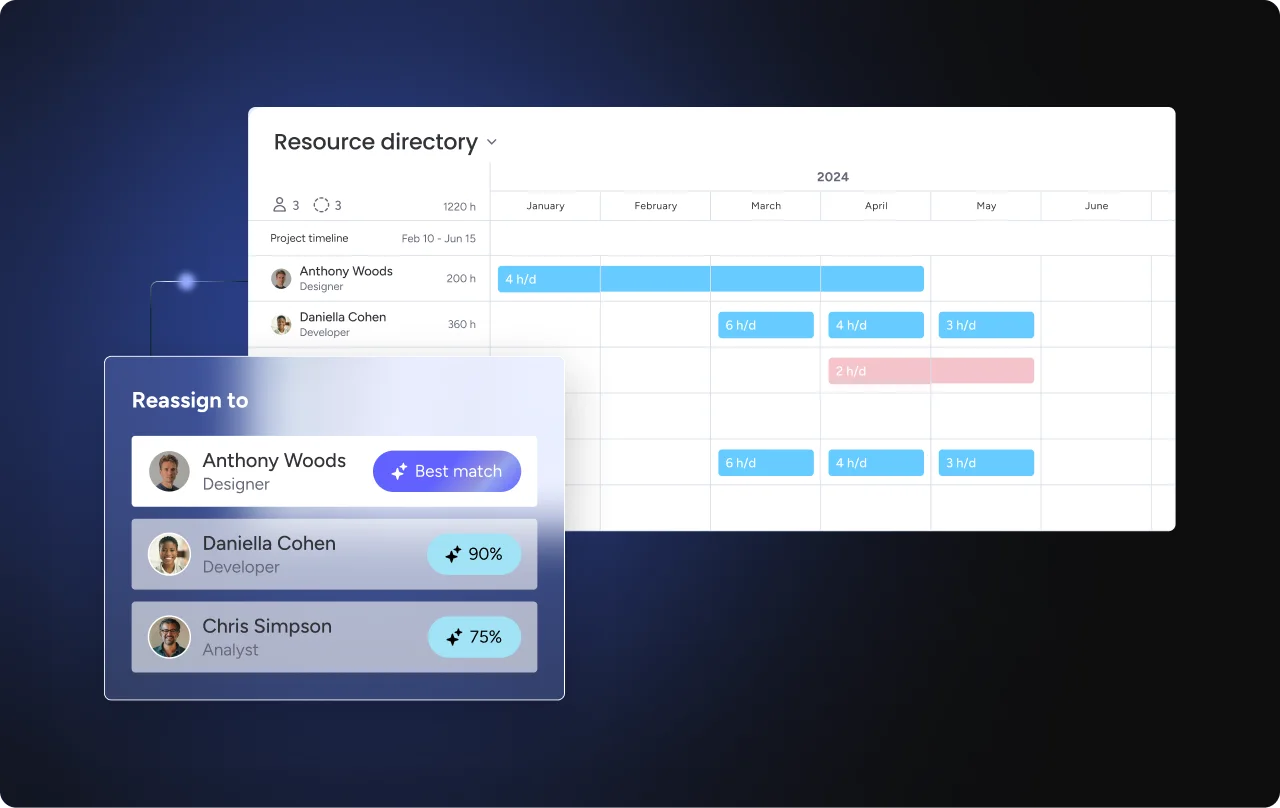
5. They prioritize continuous improvement and feedback loops
Feedback loops are embedded into daily operations, enabling organizations to continuously uncover insights and enhance performance—a key step toward AI maturity. With the adoption of agentic AI for real-time customer engagement, dynamic feedback is used to tailor outcomes in context. By going beyond static dashboards, businesses deliver personalized experiences that elevate both employee and customer satisfaction.
What’s next: modular AI and agentic workflows are becoming the norm
AI adoption is evolving into a new era. Companies are shifting from standalone tools to intelligent systems that can act, adapt, and scale with minimal intervention. This transformation is powered by modular architectures and agentic capabilities.
In the near future, enterprise teams will set goals, configure logic, and allow AI to execute tasks—while still retaining full visibility and control. This marks a shift in AI’s role from supportive assistant to a key strategic driver.


